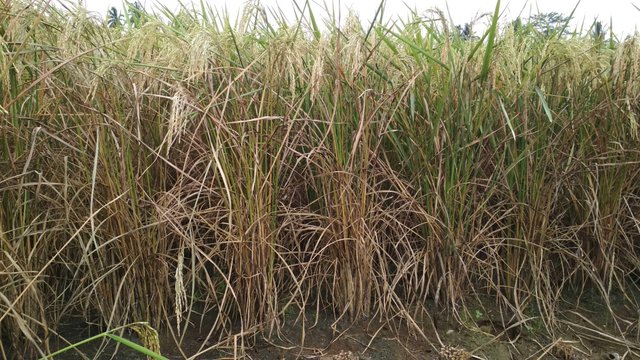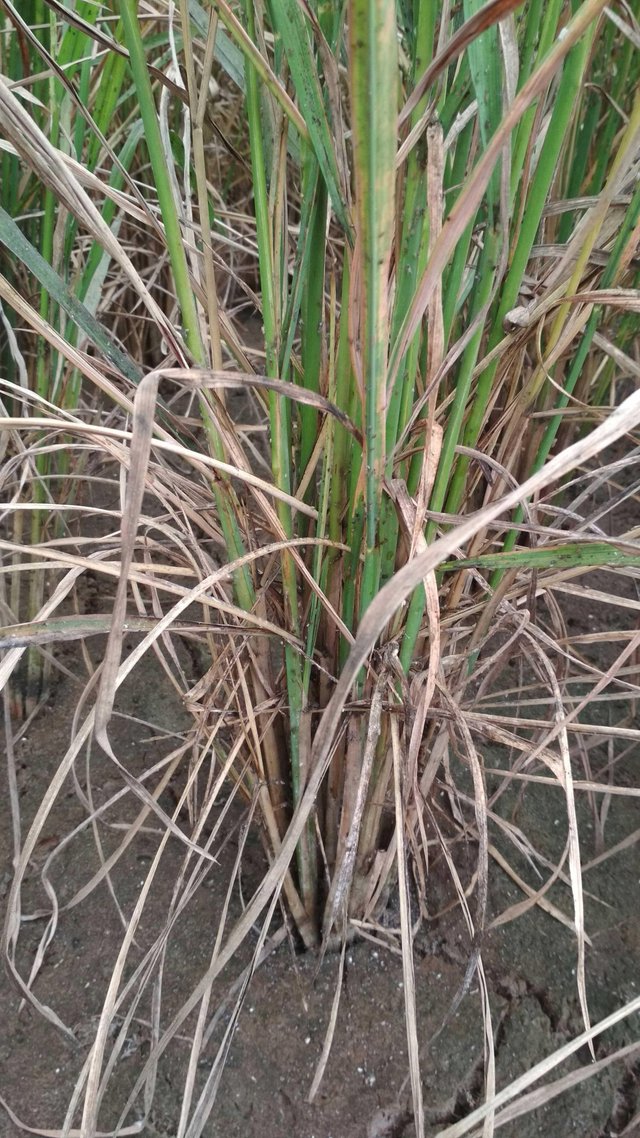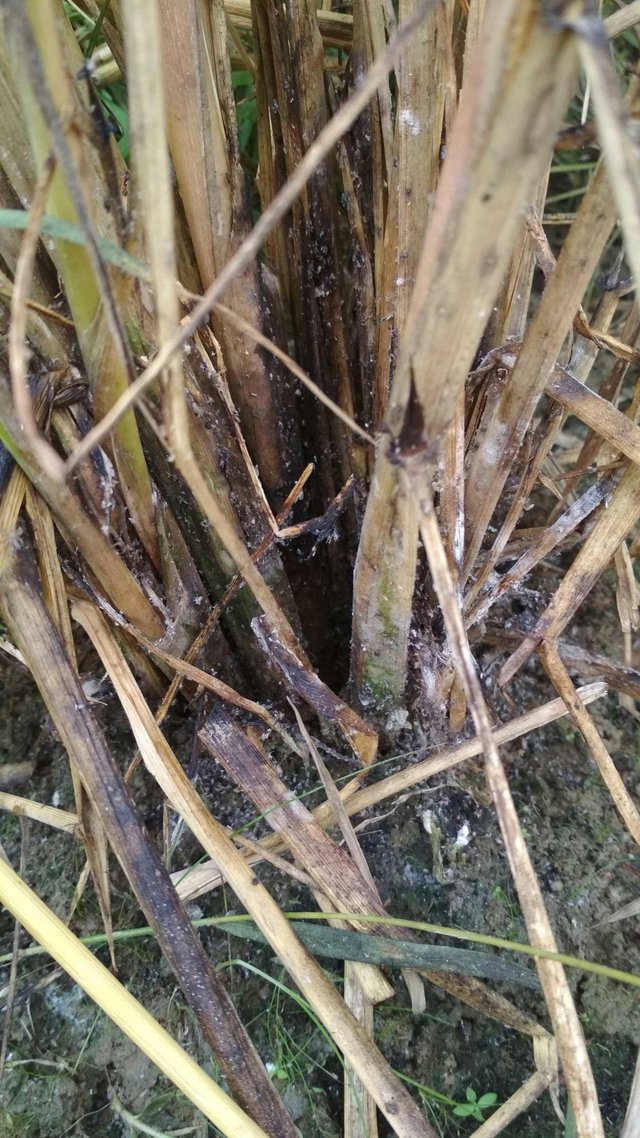Malignant brown planthopper in rice plants
Planting cultivation this year, brown plant hopper attack began to plague in the area of Aceh. Usually it happens, when the farmers are late to provide information to PPL and PPOPT officers. After a new difficult to control attack they tell.

After getting information brown plant hopper attack, I and PPOPT officers plunged into the field to check how damaged the impact. After we browse within a radius of almost 1 kilometer, we finally found a rice field area that is the origin of this brown planthopper. In the area, rice crops have been harvested for a long time. But the way the harvest is just taken only. The former land of harvest, almost entirely brown. In every clump many kepiding land and of course brown planthopper.
This brown planthopper is a pest of rice crop that is very feared by farmers, because the movement or movement can reach tens of kilometers to other plants. In addition, the ability to breed quickly. And in his body there is another vector, carrying a deadly virus of rice plants.

Within a matter of days, this wereng began to spread to other areas. The farmers were fogged, they were looking for insecticides to eradicate them. They race to spray aphis weteng in their fields, but not at the same time. Obviously this is less effective, the aphis will move temporarily. And will turn back.

Why the attack of brown planthoppers is difficult to control?
Based on my experience, brown plant hopper attack is no cycle. In areas where farmers are playing rice in their own accord, they mean that they do not want to play rice in unison, this cycle is accelerating.
In this area do not plant the paddy in unison, there is a new harvest. There are 10 days to harvest. Seen there is also a new planting. There is even a new process of land. Why? because indeed a few months ago summer came. The water is dry. Under these conditions, there are also farmers who cultivate the land. But many farmers are waiting for the rainy season. Thus, the planting area is not synchronized.
So, first, with simultaneous planting will affect the control of all pests, not only brown planthopper. And if there is an attack, the way of control is relatively easy.
Second, the farmers have to do a good quality seed rotation. In reality, most of our farmers still use 1 or 2 rice varieties. Usually ciherang or IR 64. There are farmers who use inpari sidenok seed or inpari 13, when other farmers use ciherang seeds. What is the result? the rice fields are safer.
Third, there must be cohesiveness of the farmers in terms of spraying this wereng. They must agree, determine the day and hour of spraying together. Also, the insecticides used should be agreed as well.
Fourth, after the rice harvest, the harvested crops are left too long to become shrubs. What happens? the leftover rice crop will be the host for plant pests and diseases. If the farmers want to work hard this dipoin will actually reduce the impact of pests and diseases. And ferocious attacks of this leafhoppers can be controlled.